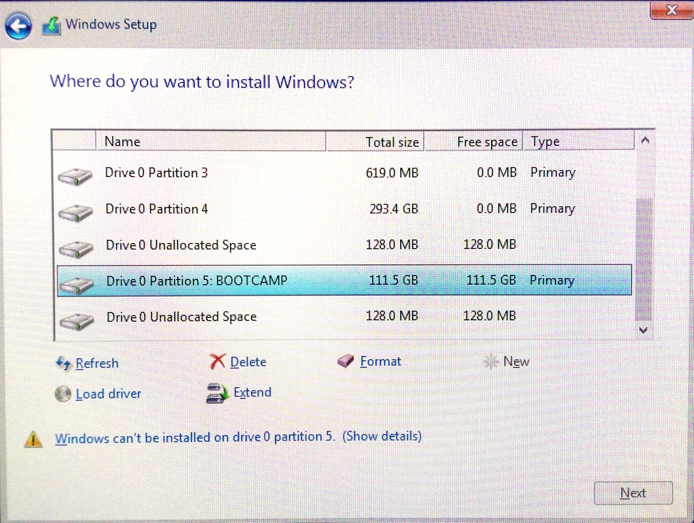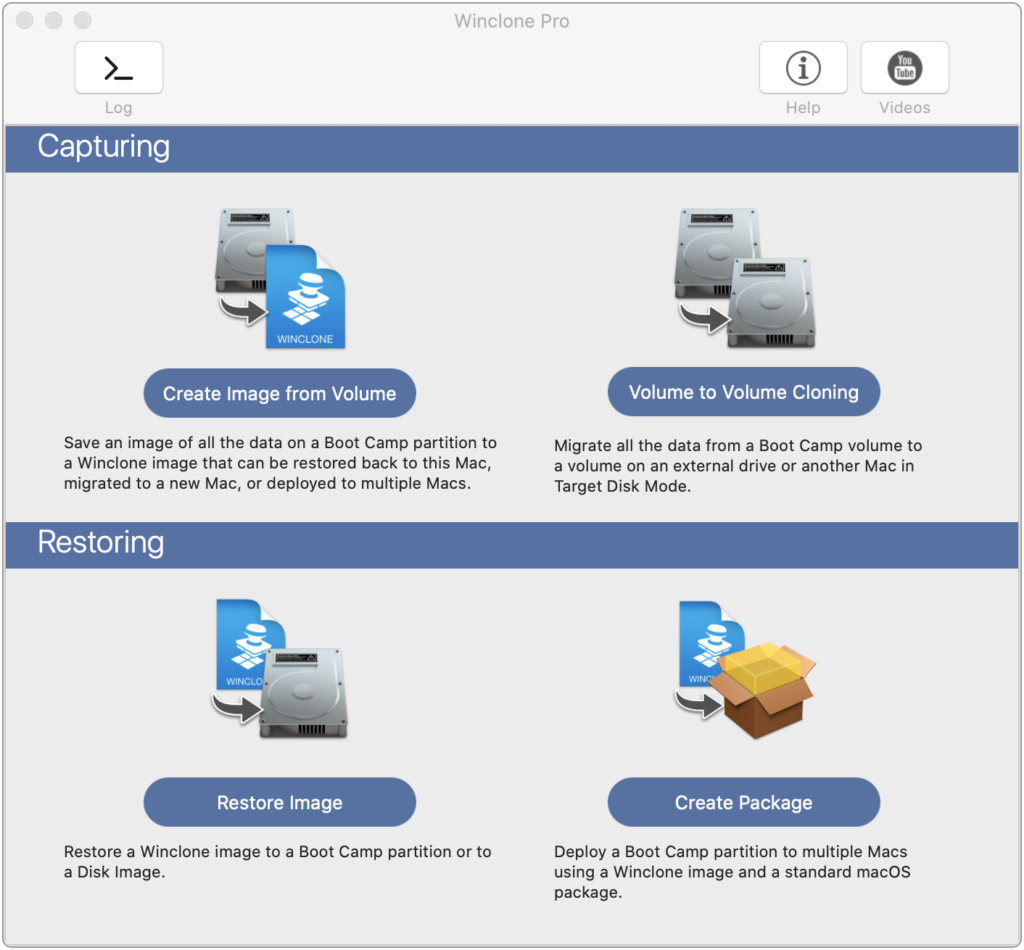1) Make sure the USB flash drive is connected to your Mac. 2) Click on the Windows Start button and select File Explorer. 3) In the File Explorer sidebar, select the USB flash drive, it will probably have a D. 4) Open the Boot Camp folder. 5) Run the Setup app inside the Boot Camp folder.
If you want to install Windows 10 on to a Mac to use via Boot Camp then using the Boot Camp Assistant is the best option. Some newer Macs can do this without needing any external boot drive e.g. USB stick and purely by copying the ISO in to the Windows partition it creates. See Boot Camp for Mac: Install Windows on your Mac without using a USB hard drive or flash drive
Adding Mac Boot Camp On Usb Drive Windows 10
If your Mac does not support this new feature it should offer the option to create a USB install drive which needs to be a USB2 drive of 8GB or greater in size.
If however you want to create a bootable Windows USB installer for use on a real PC not a Mac then Boot Camp Assistant is not suitable. In this case you maybe able to do this using the free Unetbootin tool. See UNetbootin - Homepage and Downloads
Macbook Boot Usb Drive
This tool is mainly for creating Linux install drives but apparently can also be used with a Windows 10 ISO image to make a Windows 10 install drive. See http://fgimian.github.io/blog/2016/03/12/installing-windows-10-on-a-mac-without- bootcamp/
Not all PCs support booting from USB and some may need their BIOS settings adjusted to enable this. Potentially you could burn the Windows 10 ISO to a DVD disc and boot that on the real PC.
USB port types and names

USB (Universal Serial Bus) is an industry standard for connecting computers and other devices. It's available with many types of ports, and each type has a unique shape. On Mac computers, USB is available with these ports, depending on your Mac model:
USB-A
Type USB-A ports are commonly called USB, USB 2, or USB 3 ports, depending on the USB specification they support. They aren't reversible, so a USB-A connector plugs into the port only when oriented correctly.
USB-C
Type USB-C ports are available as either standard USB-C ports or Thunderbolt 3 ports that also support USB-C connections. They both look the same, and the connector plugs into the port in either orientation.
Learn more about identifying the ports on your Mac, as well as the adapters and cables you can use to connect older devices to type USB-C ports.


USB specifications
USB specifications are important primarily when you want the most speed and power for your USB device, or your device needs more power or is using too much power. Every USB port supports a particular USB specification, which determines the port's maximum>USB specifications on MacData transferPowerUSB 3.1 Gen 2
Also known as USB 3.2 Gen 2
Up to 10 GbpsUp to 15W at 5VUSB 3.1 Gen 1
Also known as USB 3.2 Gen 1 or USB 3
Up to 5 GbpsUp to 900 mA at 5VUSB 2.0
Up to 480 MbpsUp to 500 mA at 5VUSB 1.1
Up to 12 MbpsUp to 500 mA at 5V
To learn which specification is supported by a type USB-A or type USB-C port on your Mac model:
Mac Boot Camp Faq
- Choose Apple menu > About This Mac, click Support, then click Specifications.
- Check the System Information app for more details, including about USB devices connected to USB ports on your Mac. Select USB in the sidebar, then select a USB bus on the right.
Get the best performance from your USB devices
USB specifications all work with each other, but speed and power are limited by the cable or device that uses the earliest specification. For example, if you connect a USB 3 device to USB 2 port, your device is limited to USB 2 speeds, and it can't draw more power from the port than can be delivered over USB 2. In other words, to get the best performance, make sure that the USB port on your Mac and the USB cable to your device meet or exceed the USB specification of the device itself.
If your Mac doesn't recognize a USB device after you plug it into your Mac:
- Check all connections: Unplug the device from your Mac, then plug it back in, and make sure that all cables and adapters are securely connected at both ends. Test with another cable or adapter, if available.
- Plug the device directly into your Mac instead of a USB hub or other device, and if necessary test with a different USB port on your Mac or device.
- Some devices need their own software, such as drivers or firmware. Others work without additional software. Check with the maker of your device, and install all available Apple software updates as well.
- If your device came with an AC power adapter, use it. Some devices can be powered by the USB port on your Mac. Others need more power than your Mac can provide.
- Restart your Mac.
Learn more
- USB 3 devices can create wireless interference that affects Wi-Fi and Bluetooth devices. Learn how to resolve Wi-Fi and Bluetooth issues caused by wireless interference.
- Mac notebook computers with USB-C or Thunderbolt 3 can charge over that port using a compatible USB-C power adapter and cable.